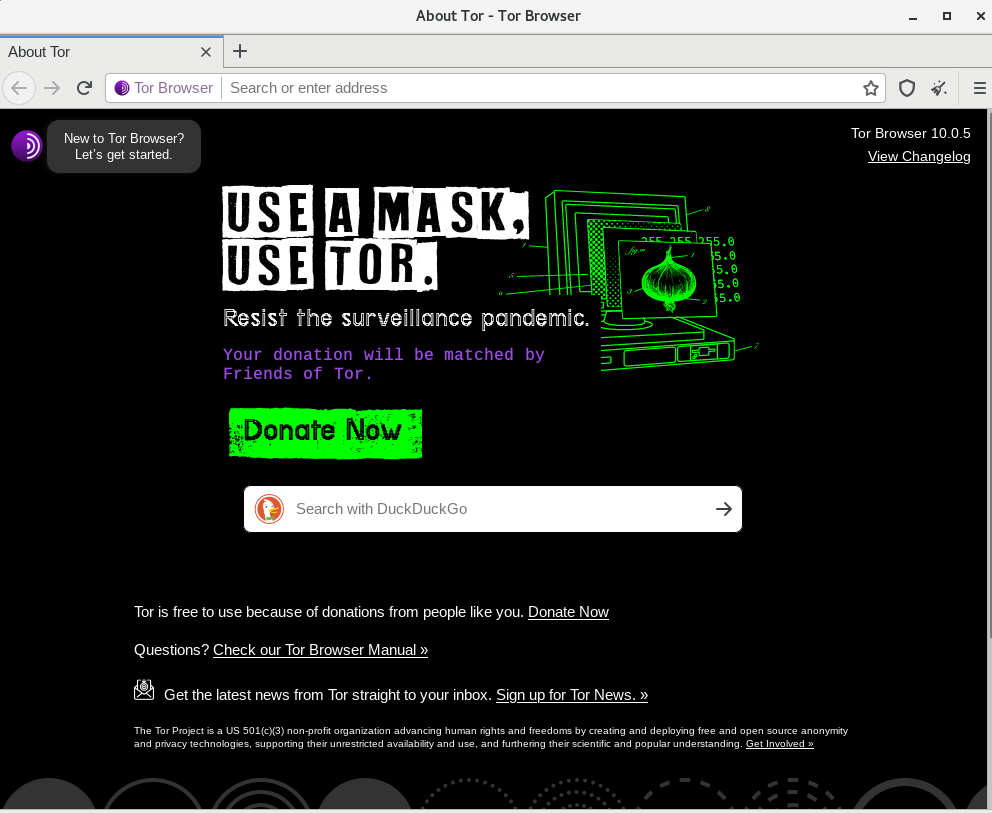
If you’re a volunteer in a country where the internet is not censored, you can run a Snowflake instance to help others. When you use Snowflake, and if one proxy goes down, it automatically connects you to another one, so you don’t have to mess with settings repeatedly. Tor Snowflake’s workflow to jump circumvention walls.

You can read about it in detail here, and look at the diagram below to understand the data flow. Volunteers can run a Snowflake extension in their Chrome and Firefox browsers, and they’ll act as ephemeral proxy instances. Snowflake is a censorship circumvention tool that uses WebRTC - a commonly used communication protocol in browsers - to connect to proxies, and help you access websites. Once you get a bridge, you can paste it in the Provide a bridge section.

So a government could potentially block these IP addresses to stop you from having free access to certain websites. While Tor relays help you hide your traces on the internet, they are publicly listed. You can download the Tor browser from here. You can browse through this list to check which services have their own. With Tor, you can also use onion services sites, which hides the site’s identity from ISPs, to get information. So as soon as you close your browser window, your preferences for a website are reset.

How Tor browser uses relays to keep your identity hidden from websitesīy default, this browser doesn’t store your browsing history, and cookies are limited to only one session. You can see an example of how the Tor network uses nodes while visiting DuckDuckGo in the screengrab below. These relays help keep your data private from websites and your Internet Service Provider (ISP).


 0 kommentar(er)
0 kommentar(er)
